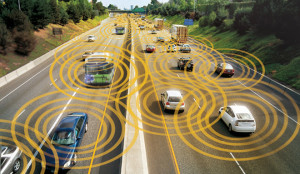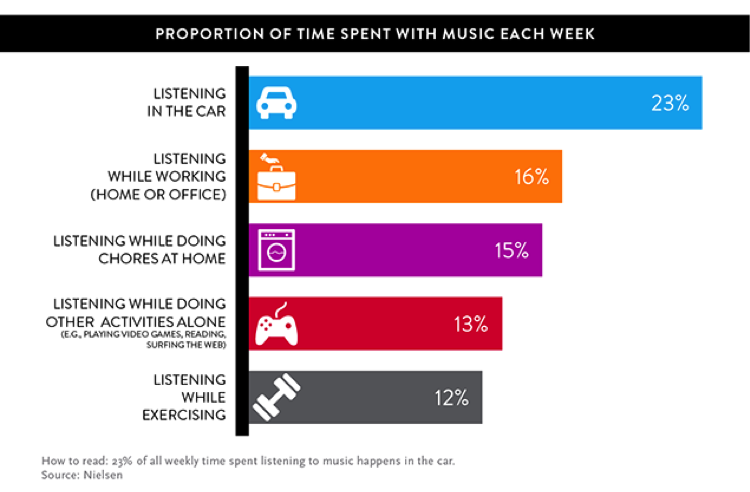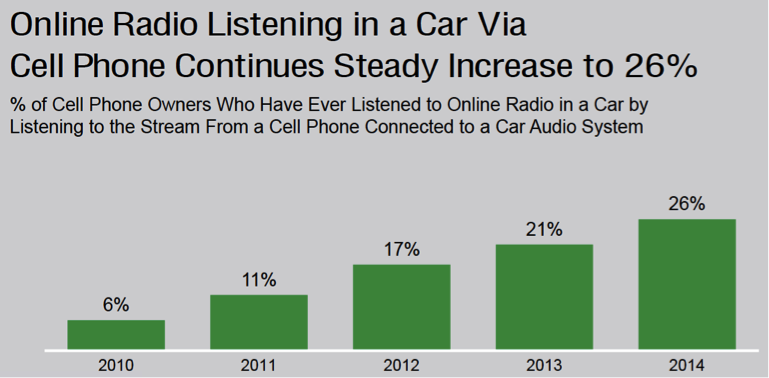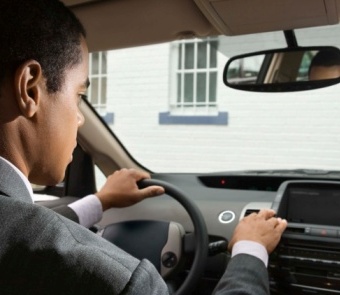 When we first started researching mobile audio, we were immediately struck by the different behaviors it was creating. Broadcast radio was popular in the car but drivers could not be engaged effectively because they needed to focus on the road. Radio also didn’t travel outside the car to create continuity in the listening experience. Once the car was parked, the radio was turned off. However, smart mobile devices have started to change these patterns, as have connected cars that can access the Internet while on the go.
When we first started researching mobile audio, we were immediately struck by the different behaviors it was creating. Broadcast radio was popular in the car but drivers could not be engaged effectively because they needed to focus on the road. Radio also didn’t travel outside the car to create continuity in the listening experience. Once the car was parked, the radio was turned off. However, smart mobile devices have started to change these patterns, as have connected cars that can access the Internet while on the go.
Streaming radio over the Internet is bringing change. While radio has traditionally been a one-way communication channel, Internet connectivity provides the opportunity for advertisers and audio publishers to connect with listeners in real-time, two-way interactions. XAPPmedia has created the first method to generate listener interactivity that is simple enough to meet the special requirements of connected drivers.
Two-way Connected Streams on the Rise
Radio remains popular while driving. A recent Nielsen study concluded that 23% of time spent listening to radio was in the car.

So what? We know that people listen to radio in the car. However, the way consumers listen is changing. Edison research revealed in early 2014 that motorists were increasingly using smartphones to listen to streaming radio while driving. Research results showed that 26% of consumers had listened to audio content through their smart devices connected to in-car audio systems, up from 21% in 2013.

Source, Edison Research The Infinite Dial 2014
This finding parallels an October 2014 Nielsen study that uncovered strong consumer desire for increased access to streaming in-car audio in Connected Cars. Today, 72% of Connected Car owners stream audio content regularly with half doing it every time they are in the vehicle. These results leave little doubt that streaming is becoming very popular in the car when available.

The data may also be troubling for radio broadcasters not committed to mobile. The good news is that radio streams in Connected Cars and through mobile devices create two-way interactivity. This is true both for Internet audio pure plays and traditional radio broadcasters. Interactivity has the potential to improve the user experience and dramatically increase the value of advertising inventory. We have already seen a radio broadcaster leverage this through a mobile app and Connected Cars are a logical progression.
Connected Cars are Proliferating
Connected Cars are no longer an isolated phenomenon. SNL Kagan Senior Research Analyst Justin Nielson estimates that 51.3 million U.S. cars will have internet-connected infotainment systems in 2017, climbing from just 2.7 million in 2013. Based on the 2012 auto registrations of 250 million cars, that would represent about a 20% penetration of all cars on the road in less than three years. By 2020, 90% of new cars sold worldwide are expected to have Internet connectivity according to a McKinsey study. Couple these factors with the tens of millions of cars already equipped to connect with smartphones that run streaming radio services and you can see that access to streaming audio and interactivity is no longer a constraint in the car.
Understanding Interaction and Avoiding Distraction
 However, it is important to understand that along with new opportunities, the Connected Car also presents new risks. You must be careful not to introduce distraction when you introduce interactivity. A 2014 study by the AAA Foundation for Traffic Safety considered what types of interactions are most distracting for drivers. It is generally assumed that higher distraction leads to higher risk. Researchers found that many of the voice-activated applications in Connected Cars are highly distracting precisely because they are too involved and don’t allow for consistent, natural interaction.
However, it is important to understand that along with new opportunities, the Connected Car also presents new risks. You must be careful not to introduce distraction when you introduce interactivity. A 2014 study by the AAA Foundation for Traffic Safety considered what types of interactions are most distracting for drivers. It is generally assumed that higher distraction leads to higher risk. Researchers found that many of the voice-activated applications in Connected Cars are highly distracting precisely because they are too involved and don’t allow for consistent, natural interaction.
Peter Kissinger, President & CEO, AAA Foundation was quoted in a Washington Post article saying, “The blueprint for success is one in which systems are simple, easy to use, intuitive, error-free and minimize time on task.” Toward the lower end of the distracted driving scale is hands-free conversation on a mobile phone. We all know from experience that hands-free conversations on mobile are simple and intuitive. XAPP Ads were designed to be even simpler.
Getting the User Experience Right
Simplicity is paramount to ensure Connected Cars marry usefulness with safety. At XAPPmedia, we focused first on the ease of user interaction for ultramobile use cases – driving, walking, exercising, and working. Voice is the most natural interaction mechanism for ultramobile consumers, because they are actively engaged in activities that demand their visual and manual attention. Repeating short phrases prompted by the app is as simple and safe as it gets.
Consuming audio information and entertainment in Connected Cars is growing rapidly. The question for publishers and advertisers is how best to monetize this consumption. XAPP Ads have undergone rigorous in-car testing to ensure they are simple, safe and convenient for drivers, while delivering higher conversion rates for advertisers and higher revenue for publishers.
Related Posts
Unpacking the Data on Mobile Ad Effectiveness
Introducing the Voice Click, Hands-Free Conversion
Closing the Loop: why advertisers have been slow to shift from terrestrial radio to Internet audio
